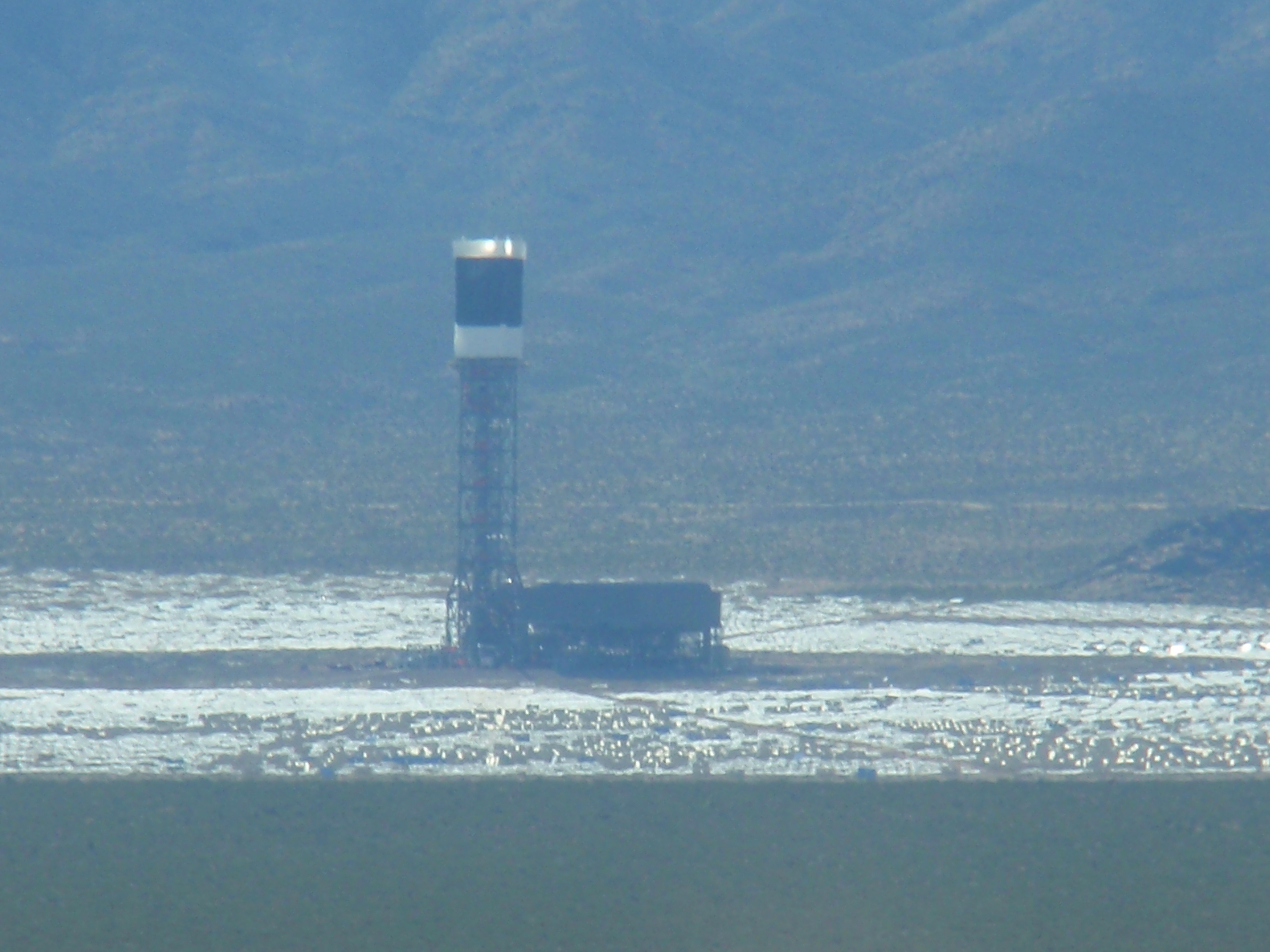I’ve been wanting to find some financial info for the operations of a solar farm.
Wow, did I hit the jackpot with an article from the Canada Free Press dated 1-18-14: Hard Times Hit Large Scale Solar Energy.
I will extract some of the financial tidbits and reorganize them.
Here’s the summary reason (broken into bullet points) why solar power plants aren’t getting built very fast:
Solar companies are going out of business because solar power is not economic without large government subsidies and incentives;
projects are being canceled because of lack of financing;
saving threatened or endangered species, such as the desert tortoise, is costing solar developers dearly; and
once built, solar developers are having difficulty in negotiating agreements to sell their power to utilities because solar power requires higher rates than what utilities pay for power from traditional energy sources.
General relationship of electricity costs
The article says electricity from solar power cost anywhere from 2 up to 4 times the cost of what a new natural gas plant could provide.
The article says the federal goal is to have 20,000 MW of renewable energy capacity on federal lands by ‘20 with 870 MW currently built on three projects. Only 19,130 MW to go in 6 years.
Subsidies
Forced customers – The first, invisible subsidy is that regulators or legislators in many states are mandating that a certain portion of power must come from renewable energy sources. The utilities have to buy electricity from slice-and-dice or wing-toaster operations regardless of the price.
But only to a point. Once the arbitrarily imposed targets are met, the utilities are not obligated to buy what would be a waste of stockholder and ratepayer money.
30% investment tax credit – A federal ITC of 30% of the construction costs is far better than a deduction. That 30% is a direct reduction in federal tax – meaning the feds will fund 30% of the construction costs.
That 30% drops to 10% in 2017, according to the article.
Upfront ITC – Usually the ITC is claimed in the year the costs are incurred. The 1603 program from Treasury provides cash upfront equal to the 30% ITC in return for not claiming the ITC as costs are actually paid, according to the article.
Very cool.
For the project owners. One-third of the costs covered in cash before the first day of construction. That program ended 12-31-11.
Guaranteed loans – The Treasury Department guaranteed loans to solar projects which cut the interest cost in half over private funding, per the article. That program ended 9-30-11.
Favorable depreciation rules – I don’t know what they are, but the article says solar projects get special treatment for depreciation.
State level subsidies – The article mentions there are other subsidies at the state level but does not mention details. When I find further information in future reading, I’ll try to fill in that blank.
Photo above by James Ulvog.
Next post: Two more posts will continue pondering the information in this article. The second in this series ponders the likely environmental harm in one thermal solar farm. Final post paints a picture of the overall economic model and my guesses for wing-toasting solar farm prospects.
